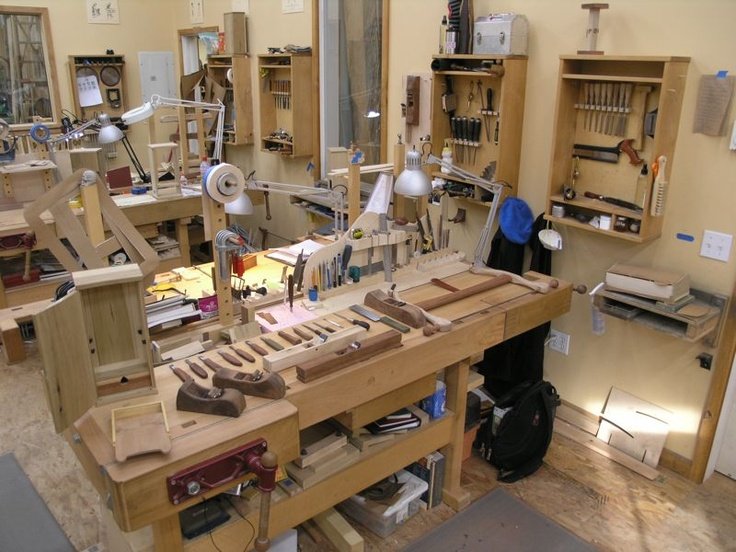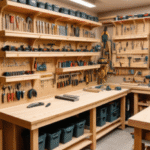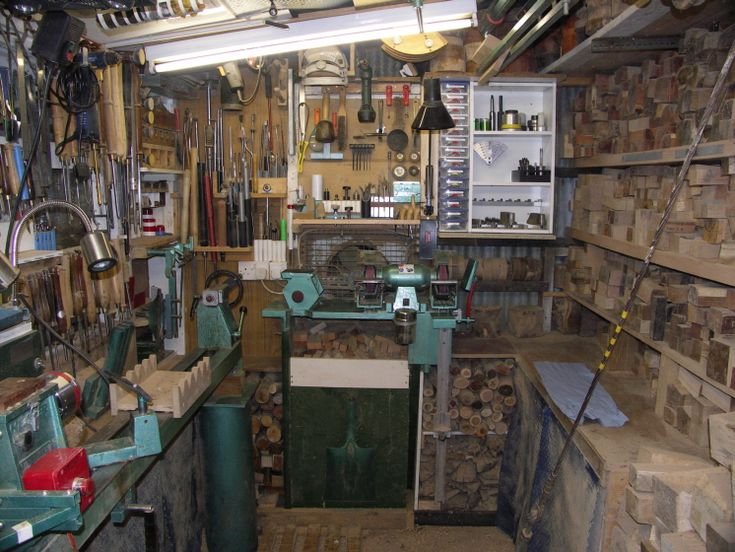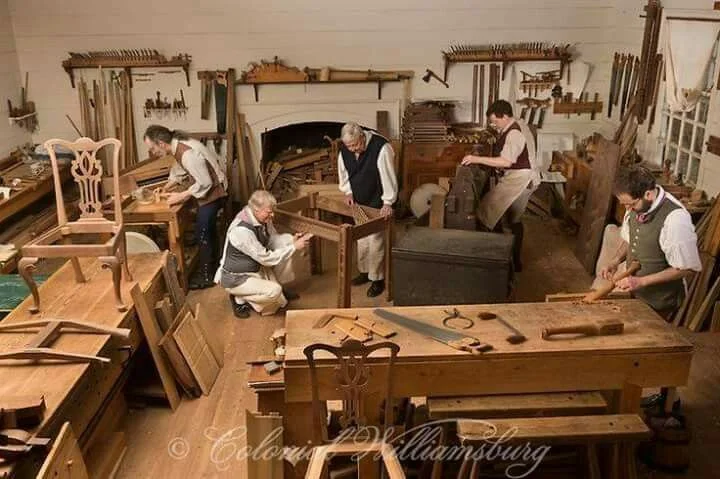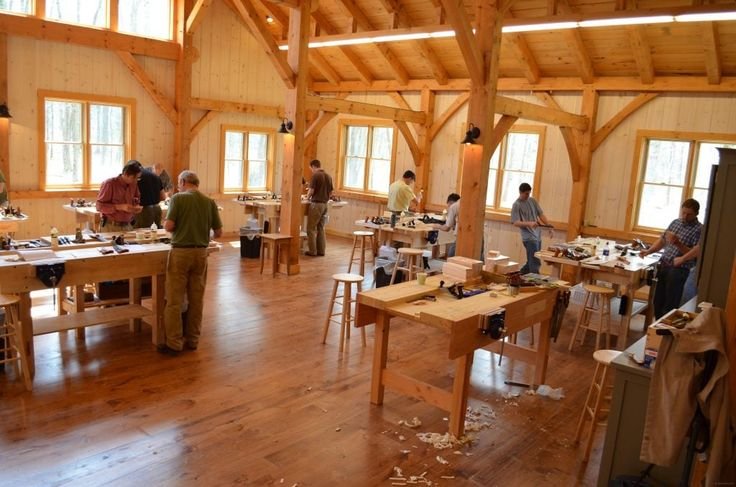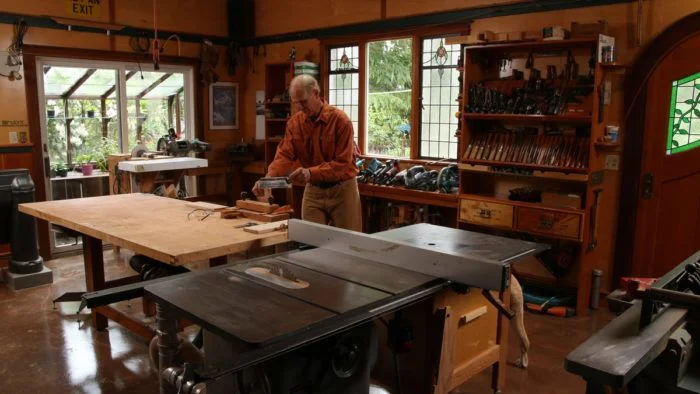Getting Lost in Automation: A Woodworking Tale
I remember the first time I walked into a big-box store, the smell of freshly cut pine hitting me like a wave of nostalgia. Dad used to take me there every Saturday morning when I was a kid, and I swear, I could spend hours just wandering the aisles, running my fingers over the wood, dreaming of all the things I could build. Fast forward a couple decades and here I am, still wandering, but with a bit more purpose.
So, the other day, I sat down over my morning coffee — you know, the good stuff that takes a little more effort than just tossing a spoonful of ground beans into a pot. Just the right amount of milk to make it creamy, and then I thought about my latest obsession: automated woodworking production lines. Sounds fancy, doesn’t it?
The Dream Meets Reality
Now, don’t get me wrong. I’ve had my fair share of “woodworking moments.” I still chuckle when I think back to the time I tried to build a dining room table for my wife’s birthday. That thing wobbled like it was auditioning for a circus act. I had this beautiful oak in my garage, but I used all the wrong types of screws. I mean, who knew that wood screws and drywall screws were not the same? Both screw, right? Anyway, more splinters than support in the end, and well, I almost gave up.
But then, as life tends to do, it threw me a bone. I got a call from a buddy who worked in a local furniture factory, a small place that had just invested in an automated production line. Now, I’d seen the shiny pictures online, but seeing a setup in person? That was a game changer.
What is Automated Woodworking, Anyway?
So, here’s the scoop. These production lines are like the robots of the woodworking world. They take raw materials and, with a series of mechanical arms, CNC routers, and a bunch of computers whirring away, turn that rough lumber into finished products faster than I can brew a cup of coffee. It’s like watching a perfectly orchestrated ballet. But, like any shiny new gadget, it can be a double-edged sword.
I remember watching my buddy’s team trying to get a new CNC router up and running. There were computer errors, misalignments, you name it. I snickered a bit, because in my head, I thought, “How hard can it be?” But then I learned the hard way when I tried to set up a small DIY version in my own garage. You’d think a simple table saw and router would do the trick, right?
The Garage Conundrum
Have you ever experienced that moment when you realize you’ve bitten off more than you can chew? Yep, that was me. I went ahead and bought a mini CNC machine — the kind that claimed it could handle anything from intricate designs to basic cuts. Oh, the arrogance! I had these grand ideas of creating custom wood signs for my neighbors, maybe even set up an online store.
But one afternoon in my garage — sweat rolling down my back, the smell of fresh cedar filling the air — I realized I had no clue what I was doing. I still remember the first sign I attempted. I carved “Welcome” into some gorgeous cedar planks, but when I hit “Print” on the machine, it spat out something that looked more like a toddler’s finger painting.
Honestly, I almost threw in the towel right then and there. But I took a deep breath, had another sip of my coffee — the cold kind at this point — and thought, “It’s just wood, it can’t be that hard.”
Turning the Corner
I don’t know why I laughed when that thing actually started working the second time around, but I did. The whir of the machine, the way the bit glided through the wood, carving out the letters with such precision — it felt like magic. I was so giddy I may have even done a little dance in my garage. Yeah, that’s a sight I’d pay to see.
Now, don’t get me wrong. I’ve had my set of meltdowns with the thing, missing a calibration here or a software crash there, but the more I worked with it, the more I learned. Like my good buddy used to say, “Mistakes are just lessons in ugly clothing.” So, I embraced every botched sign — each a stepping stone, or perhaps more accurately, a stumbling block.
A Love for the Craft
Sitting here sipping my coffee, that dark roast comfort in my hand, I realize that it’s not just about the technology or the new tools. It’s about the love of the craft, the journey of turning raw wood into something beautiful and useful. Hell, I’ve even launched a little online shop, and while I’m no millionaire, the joy I get from seeing someone smile as they receive a sign I crafted? Well, that’s priceless.
So, if you’re sitting there wondering if you should take the leap into this world of woodworking or automated production lines, just go for it. Don’t be afraid to mess up; trust me, you will! Embrace those moments of doubt, pick up your coffee, or whatever fuels you, and get back at it. You never know what magic you might create or what stories you’ll have to tell.
And hey, if nothing else, you’ll have plenty of wooden signs hanging around to prove that you tried, and that? That’s worth it all.

